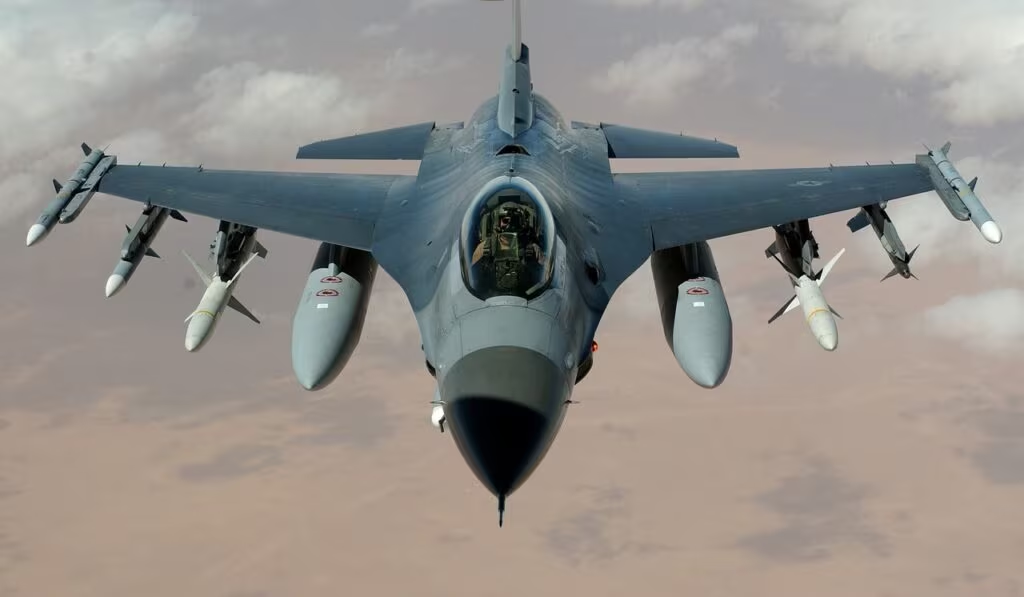The 25-Second Warning: Investigators Probe Critical Takeoff Alarm
The National Transportation Safety Board (NTSB) is rigorously investigating a critical piece of evidence in the fatal crash of a UPS cargo plane near Louisville, Kentucky: a persistent, repeating bell that sounded in the cockpit for approximately 25 seconds during the aircraft’s takeoff roll and initial ascent.
This alarm, captured on the cockpit voice recorder (CVR), signals a potentially catastrophic configuration issue or an imminent aerodynamic stall, forcing investigators to focus intensely on the moments leading up to the crash and the pilots’ attempts to regain control of the heavily loaded freighter.
The incident, which occurred shortly after the aircraft departed from the massive UPS Worldport hub, underscores the razor-thin margins of safety during takeoff, especially for large cargo operations.
Deciphering the Cockpit Warning System
For aviation experts, a repeating bell during the critical phase of takeoff is not a minor alert; it is often a Takeoff Configuration Warning or a Stall Warning. The NTSB’s primary task is to determine precisely which system triggered the alarm and why the pilots were unable to correct the underlying issue within the 25-second window.
The Two Most Likely Scenarios Under Scrutiny
1. Takeoff Configuration Warning:
This alarm typically sounds if the aircraft is not properly set up for flight. Key items that trigger this warning include:
- Flaps or Slats: Not extended to the required setting for takeoff thrust.
- Stabilizer Trim: Incorrectly set for the aircraft’s weight and balance.
- Spoilers/Speed Brakes: Deployed or not properly stowed.
- Parking Brake: Still engaged.
If the bell indicated a configuration error, the aircraft would have generated insufficient lift or excessive drag, explaining why the pilots struggled to get the plane airborne safely.
2. Stall Warning (Stick Shaker):
If the aircraft managed to lift off but was flying too slowly or at too high an angle of attack for its weight, the stick shaker—a device that physically vibrates the control column—would activate, often accompanied by an aural warning (the repeating bell). This indicates the wings are approaching the critical angle of attack where airflow separates, leading to a stall and loss of control.
“The 25-second duration of the alarm is highly significant. It suggests the crew was battling a fundamental aerodynamic problem—either the plane wasn’t set up right, or they were immediately operating outside the safe flight envelope,” an aviation safety analyst noted. “The investigation will meticulously synchronize the CVR data with the flight data recorder (FDR) to pinpoint the exact moment the bell started and what control inputs followed.”

The Critical Takeoff Sequence
The crash occurred during the most high-risk phase of flight. Takeoff requires precise coordination between the pilots and flawless performance from the aircraft systems. The NTSB’s preliminary findings indicate the aircraft barely achieved lift-off before the situation became unrecoverable.
Timeline of the Struggle (Based on CVR/FDR Analysis)
- Thrust Application: The aircraft began its takeoff roll, accelerating toward rotation speed (Vr).
- Rotation (Lift-Off Attempt): The pilots pulled back on the yoke to lift the nose wheel off the runway.
- Alarm Activation: The repeating bell began sounding, indicating a critical issue, potentially just as the main gear left the ground.
- 25 Seconds of Struggle: For the next quarter-minute, the pilots attempted to maintain control, but the aircraft failed to gain sufficient altitude or speed.
- Impact: The aircraft subsequently crashed, resulting in a total loss of the airframe and tragic fatalities.
Investigators are now focusing on the maintenance records, the pre-flight checklist procedures followed by the crew, and the specific weight and balance calculations for the flight, given that cargo freighters often operate near their maximum takeoff weight (MTOW).
Context: Operations at UPS Worldport
The crash site is geographically significant. Louisville International Airport (SDF) is home to UPS Worldport, the company’s global air hub. This facility processes millions of packages daily, making it one of the busiest cargo airports in the world. Operations here are high-volume and often run on tight schedules, particularly during peak hours.
Why Cargo Operations Present Unique Challenges
- Weight and Balance: Cargo planes are frequently loaded to the maximum limit, requiring extremely accurate weight and balance calculations to ensure the center of gravity (CG) is within safe limits for takeoff.
- High Frequency: The sheer volume of takeoffs and landings, particularly during the late-night sorting window, increases the operational tempo.
- Aircraft Configuration: Any small error in setting flaps or trim, which might be recoverable in a lighter passenger jet, can be fatal in a heavily loaded freighter.

Aviation Safety Implications and Future Actions
The NTSB investigation serves not only to determine the cause of this specific accident but also to identify systemic failures that could affect the wider aviation industry. If the repeating bell was a configuration warning, the focus will shift to the reliability of pre-flight checks and the design of the warning system itself.
If the alarm was a stall warning, the investigation will look into factors like potential icing, wind shear, or pilot response to the initial aerodynamic degradation.
Key areas of focus for the final NTSB report will include:
- Crew Training: Evaluating how pilots are trained to respond to critical configuration warnings during the takeoff roll.
- System Redundancy: Assessing whether the aircraft’s warning systems provided adequate and unambiguous alerts.
- Maintenance Procedures: Reviewing recent maintenance logs related to the flight control surfaces and warning system sensors.
- Operational Load: Analyzing the specific cargo loading procedures and how they might have contributed to the aircraft’s performance limitations.

Key Takeaways
- Core Focus: The NTSB is centered on a repeating bell that sounded for 25 seconds during the UPS cargo plane’s takeoff from Louisville.
- Alarm Significance: The bell likely signaled either an incorrect Takeoff Configuration (flaps, trim, etc.) or an imminent Stall Warning (stick shaker).
- High-Risk Phase: The incident occurred during the critical takeoff phase, where the aircraft struggled to gain altitude and speed.
- Operational Context: The investigation is considering the unique pressures and high operational tempo associated with the massive UPS Worldport cargo hub.
- Next Steps: The final report will provide definitive answers on the alarm’s source and recommend safety changes to prevent future accidents involving configuration errors or aerodynamic stalls during takeoff.
Conclusion
The investigation into the UPS cargo plane crash is a stark reminder of the precision required in modern aviation. The 25 seconds during which the repeating bell sounded represent a desperate struggle by the flight crew against an aerodynamic reality. By meticulously analyzing the data surrounding this critical alarm, the NTSB aims to provide clarity to the victims’ families and, more importantly, implement safety measures that reinforce the integrity of pre-flight checks and emergency response protocols across the global cargo industry. The findings will be crucial for ensuring that such fundamental warnings are heeded and corrected before they lead to catastrophe.
Original author: Jonathan Mattise, Bruce Schreiner
Originally published: November 8, 2025
Editorial note: Our team reviewed and enhanced this coverage with AI-assisted tools and human editing to add helpful context while preserving verified facts and quotations from the original source.
We encourage you to consult the publisher above for the complete report and to reach out if you spot inaccuracies or compliance concerns.

